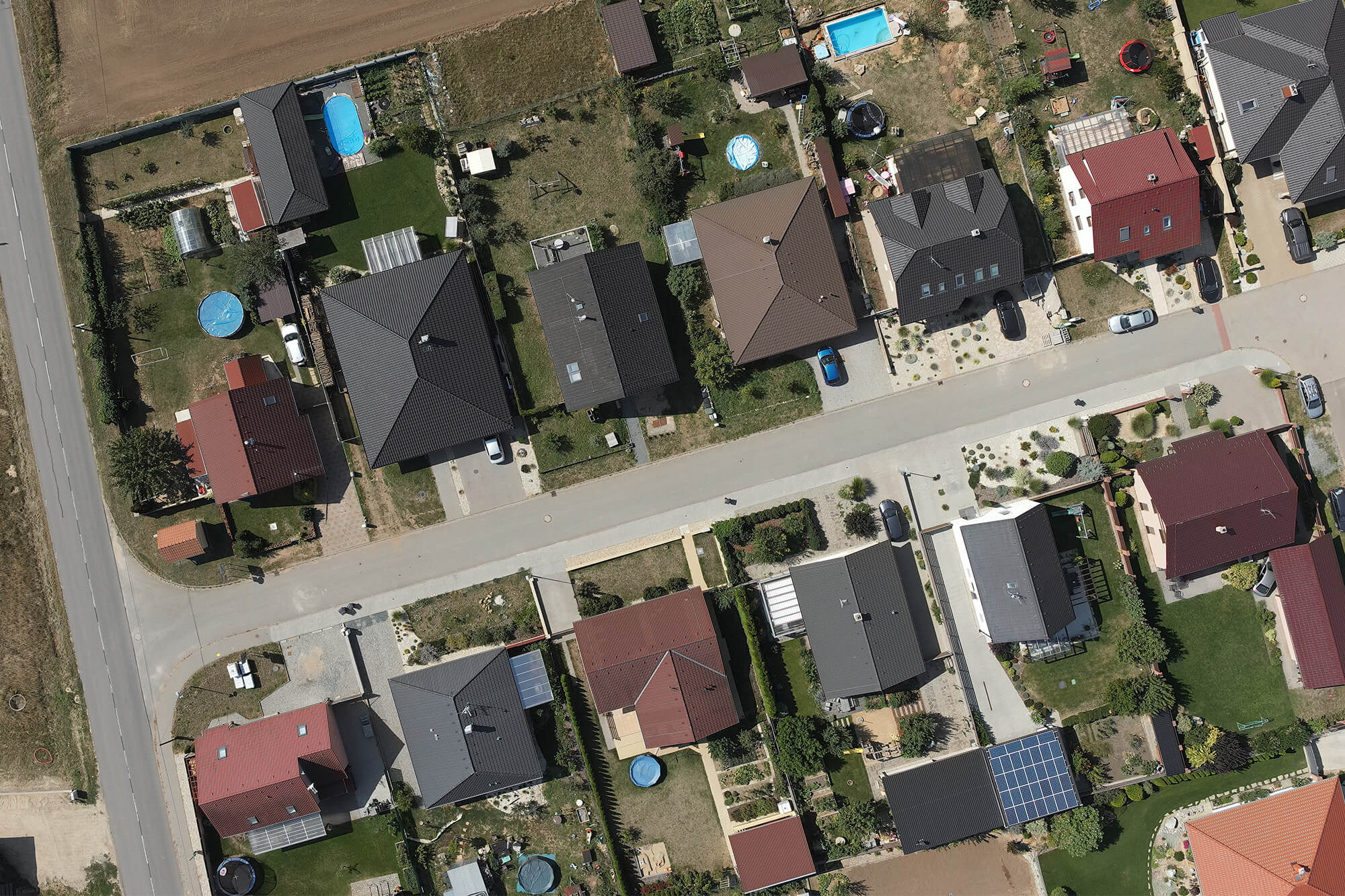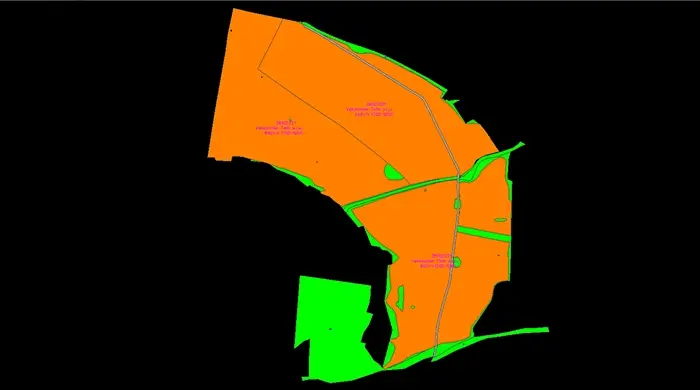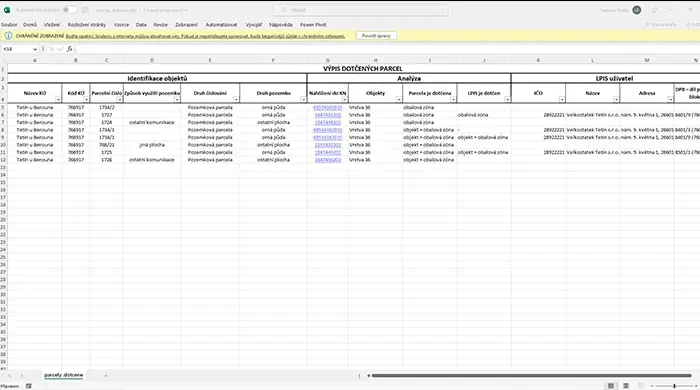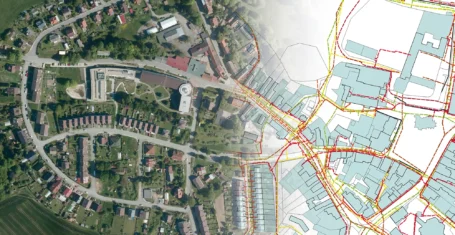
MawisTools
Finding soil blocks
The tool will project the DGN/DWG/SHP inputs to the land registry and trace the land blocks from the public land registry – LPIS to the affected parcels. The output is Excel files with data on the affected parcels and LPIS affected soil blocks including their users. It also produces DGN drawings of the affected parcels and soil blocks with their geometries.
The soil block locator is a tool for agricultural, real estate and project planners in the preparation of network design, land acquisition studies, etc. It is useful during construction engineering and property settlements related to easements.
Land registry data from RÚIAN is updated daily. The tool prepares an up-to-date extract.
Land block data from the LPIS register is updated according to EAGRI. The date can be selected.
Input data – what it should look like
The tool works with the complete content of input data in the permitted DGN V8, DWG and SHP formats. Keep only the elements in the drawings for which you want to find the affected parcels and their neighbours in the land register. In the case of DGN and DWG drawings, ignore elements of the text and dimension types.
The extent of the input data must not exceed the area limit of 10 km2.

Output data – what I actually get
Drawings in DGN V8
- Affected parcels containing their geometry and parcel numbers;
- Envelope zone if the user has selected size > 0. Extended area around features;
- Cadastral area containing the geometries of the affected cadastral areas including name and number.

Excel spreadsheets
- Affected parcels with identification of parcels, analyses performed with objects and soil blocks with LPIS users.
Report in Text
- Summary of the analysis with information on the retrieved features, affected parcels and cadastral areas.

30 day demo
Fill out the form and we'll send you access to the MawisTools library for FREE for 30 days so you can try out the geomatics tools.
